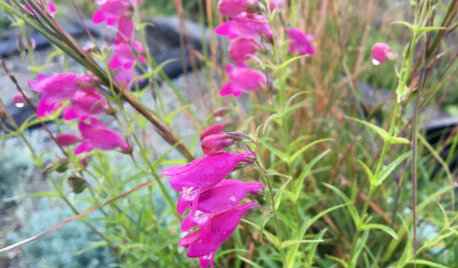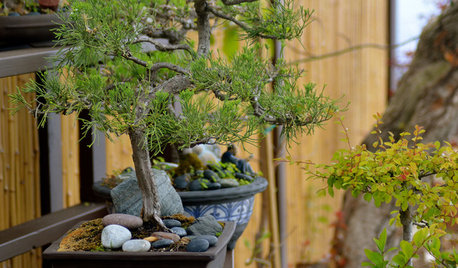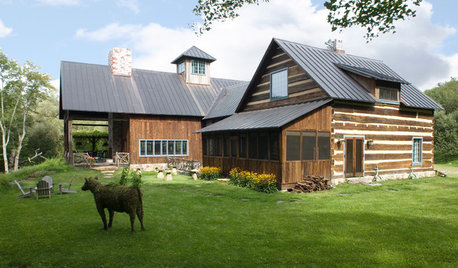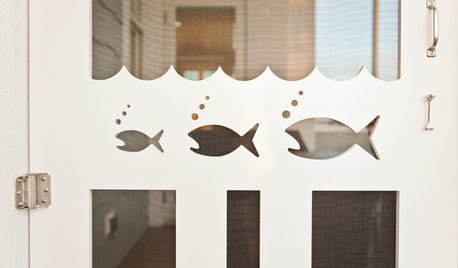Are Norway maple leaves allelopathic or could I (selectively) use
weedlady
12 years ago
Related Stories

EXTERIORSHelp! What Color Should I Paint My House Exterior?
Real homeowners get real help in choosing paint palettes. Bonus: 3 tips for everyone on picking exterior colors
Full Story
TREES11 Japanese Maples for Breathtaking Color and Form
With such a wide range to choose from, there’s a beautiful Japanese maple to suit almost any setting
Full Story
GARDENING GUIDES10 Tips for Leaving a Garden Behind
You can make parting easier by taking ideas and plants with you
Full Story
KITCHEN COUNTERTOPSWhy I Chose Quartz Countertops in My Kitchen Remodel
Budget, style and family needs all were taken into account in this important design decision
Full Story
GARDENING GUIDES13 Japanese Maples for Shade
A surprising variety of these understory trees is waiting to make a statement in your shade garden
Full Story
CONTAINER GARDENSLittle by Little: Why Growing a Bonsai Could Change Your Life
Tap into the gentle and intriguing world of bonsai and let it teach you the joy of patience
Full Story
KITCHEN CABINETSWhy I Combined Open Shelves and Cabinets in My Kitchen Remodel
A designer and her builder husband opt for two styles of storage. She offers advice, how-tos and cost info
Full Story
LIFEThe Polite House: Do I Have to Display Decor Given to Me as a Gift?
Etiquette columnist Lizzie Post tackles the challenge of accepting and displaying home decor gifts from frequent visitors
Full Story
FALL GARDENINGHouzz Call: Show Us Your Fall Color!
Post pictures of your fall landscape — plants, leaves, wildlife — in the Comments section. Your photo could appear in an upcoming article
Full Story
TRIMShutter Cutouts: A Window to One's Soul?
To settle on the perfect shape for this simple detail, follow your heart — or diamond, or maple leaf
Full Story

Embothrium
weedladyOriginal Author
Related Professionals
Fort Lee Landscape Architects & Landscape Designers · Brentwood Landscape Contractors · Pelham Landscape Contractors · Surprise Landscape Contractors · Bethel Park Landscape Contractors · Broomfield Landscape Contractors · Fairfield Landscape Contractors · Fort Worth Landscape Contractors · Hannibal Landscape Contractors · Manhattan Landscape Contractors · Norwalk Landscape Contractors · South Hackensack Landscape Contractors · Ellicott City Fence Contractors · Orlando Fence Contractors · Reisterstown Fence Contractorsbotann
IpmMan
weedladyOriginal Author